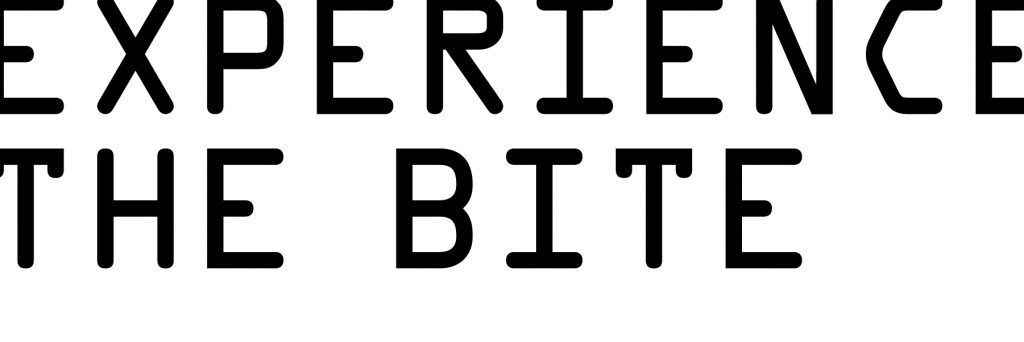At the Food Design Studies Conference, Esteban Pueblo discussed new physical and chemical approaches to food preparation. In his research, he questioned the experience of the bite – how can the experience of biting into food be manipulated? Pueblo focused on one particular method: vacuum impregnation.
Vacuum impregnation (VI) is a recent development in the osmotic treatment of foods. More technically, “VI of a porous product consists of exchanging the internal gas or liquid occluded in open pores for an external liquid phase by the action of hydrodynamic mechanisms promoted by pressure changes.(1)”

In simpler terms, this method can put a liquid into a solid. For example, you can put wine into a slice of pear. Different that poaching a pear in that same wine, you preserve the original properties of both liquid and solid, thus creating a new experience through bite.
Listening to Pueblo’s discussion reminded me of the potential speculation and exploration has when designing for experience. Trying to imagine what might happen when you put a liquid into a solid is a design prompt for food studies. In what ways, as designers, can we speculate unknown experiences and design those into existence? How might the impregnation of a pear inspire us to design new experiences?

